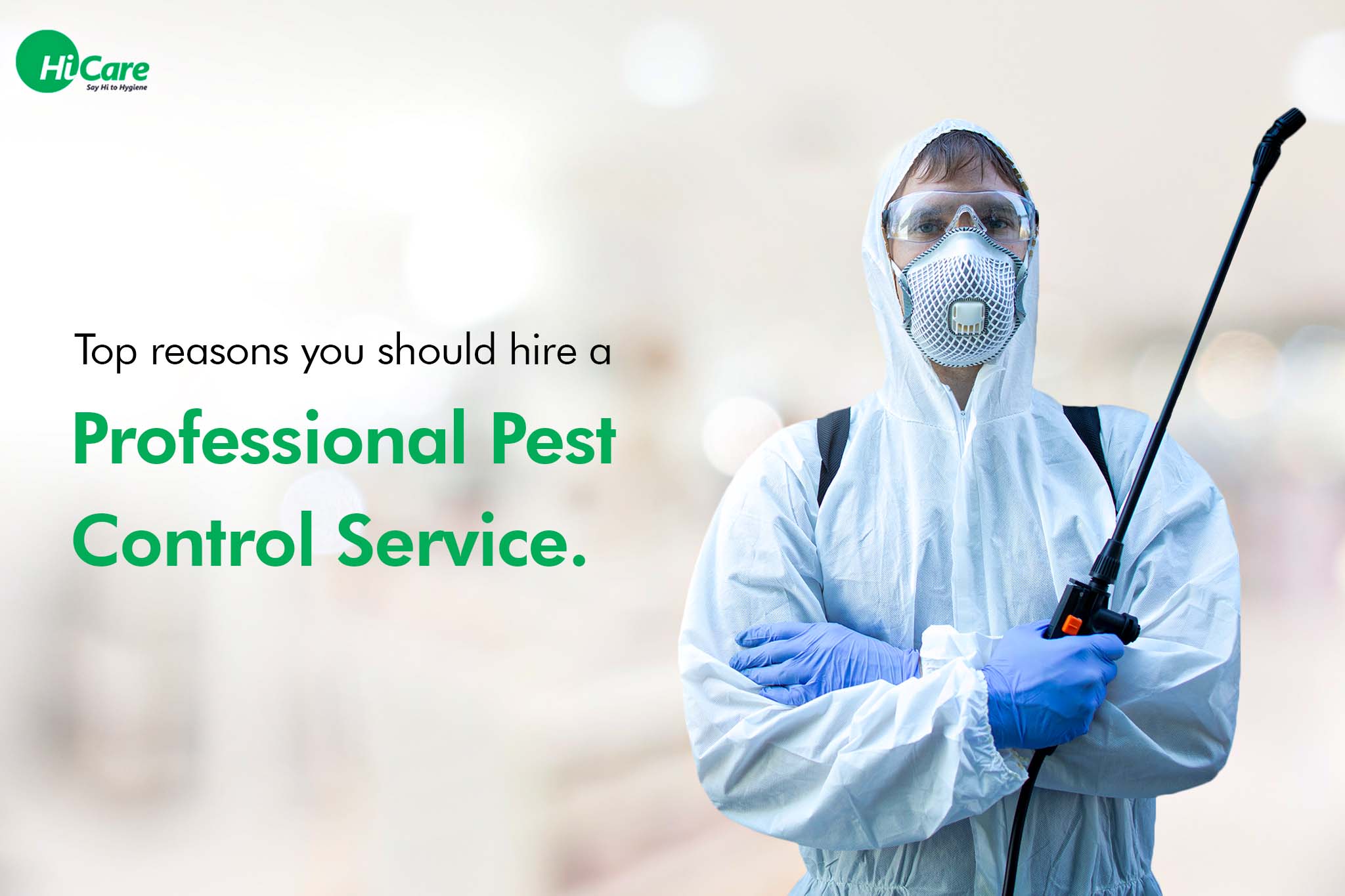Relied On A1 Exterminator Charlotte NC - Comprehensive Pest Solutions
Wiki Article
Bed Insect Therapy Malfunction: Comparing Chemical Vs. Non-Chemical Solutions
In the world of pest control, especially when managing the relentless issue of bed insects, the selection in between chemical and non-chemical therapy services can be a crucial one. Both approaches provide distinctive benefits and drawbacks, influencing aspects such as performance, security considerations, and total price. By analyzing the nuanced information of each technique, a more clear understanding of which course to seek in addressing a bed bug problem can be attained.Effectiveness of Chemical Treatments
Chemical treatments for bed bug invasions have been extensively acknowledged for their rapid and potent efficacy in eliminating these bugs. When taking into consideration the performance of chemical treatments, it is crucial to comprehend that they can supply a quick and comprehensive remedy to a bed pest issue.Moreover, chemical therapies have the advantage of offering recurring effects, suggesting that they can continue to eliminate bed bugs also after the initial application. This recurring activity is specifically beneficial in combating any type of potential re-infestations. Furthermore, the fast action of chemical therapies can bring relief to individuals encountering extreme bed bug problems, allowing them to gain back control of their home rapidly.
Security Problems With Chemical Solutions
One critical facet that calls for careful consideration when utilizing chemical options for bed insect treatment is making certain the security of owners and the environment. While chemical therapies can be reliable in getting rid of bed pests, they might posture threats otherwise taken care of properly. Among the primary safety worry about chemical solutions is the potential harm they can create to human wellness. Direct exposure to certain chemicals utilized in bed insect treatments can lead to respiratory system problems, skin inflammation, or other adverse responses, especially in individuals with pre-existing conditions or level of sensitivities. Furthermore, incorrect application or dosage of chemical pesticides can lead to harmful residues sticking around in the cured location, posturing long-lasting health risks to owners.Furthermore, the environmental influence of chemical solutions is an additional significant factor to consider. Some pesticides utilized in bed bug treatments might be unsafe to advantageous bugs, wild animals, and ecological communities if they seep into the soil or water supply. It is necessary to use chemical therapies carefully, adhering to security standards, and thinking about much less toxic choices to reduce these dangers and ensure the effective and risk-free monitoring of bed bug problems.
Advantages of Non-Chemical Strategies
Thinking about the potential safety concerns and ecological influence connected with chemical solutions for bed pest therapy, discovering non-chemical techniques provides a promising choice with numerous unique benefits. Non-chemical therapies are ecologically pleasant, as they do not contribute to air or water pollution, making them a lasting option for pest control.In addition, non-chemical remedies can be efficient in targeting bed pests, consisting of hard-to-reach locations where chemical therapies may not pass through. Approaches such as warmth therapy, vacuuming, steam cleansing, and bed mattress encasements give comprehensive eradication without the usage of damaging chemicals. Moreover, non-chemical techniques can be less disruptive, requiring marginal preparation and enabling for quicker reentry right into treated locations. Generally, opting for non-chemical bed insect therapy approaches not only focuses on security and environmental management however also makes certain comprehensive and efficient parasite control.
Limitations of Non-Chemical Treatments

In addition, non-chemical treatments usually require numerous applications to achieve effective obliteration. This can be lengthy and might not constantly ensure complete removal of all bed pests and their eggs, especially in hard-to-reach or concealed places.
Moreover, the success of non-chemical treatments greatly depends on appropriate execution and thoroughness, which can be challenging for individuals without expert experience. Inadequate application of non-chemical techniques might result in incomplete elimination, leading to persistent invasions and the demand for additional therapies.
As a result, while non-chemical treatments have their advantages, it is important to acknowledge these restrictions and consider them when establishing the most efficient technique for taking care of bed pest infestations.
Price Contrast: Chemical Vs. Non-Chemical Options
Given the constraints linked with non-chemical treatments, an important aspect to assess in the context of bed pest administration is the expense contrast between chemical and non-chemical alternatives. In comparison, non-chemical treatments like warm therapy or heavy steam can be more costly, with prices ranging from $1,000 to $6,000 for an entire home. While the preliminary price of chemical treatments might appear lower, numerous treatments may be called for to fully remove the invasion, possibly increasing the general price.Conclusion

Taking into consideration the possible safety and security concerns and environmental influence linked with chemical remedies for bed pest therapy, discovering non-chemical methods provides an appealing option with a number of distinctive benefits.Given the constraints associated with non-chemical therapies, an important aspect to examine in the context of bed pest management is the expense comparison between chemical and non-chemical choices. In comparison, non-chemical therapies like heat treatment or heavy steam can be a lot more pricey, with prices varying from $1,000 to $6,000 for an entire home. While the first cost of chemical treatments may appear reduced, numerous treatments may be needed to completely remove the problem, potentially boosting the general price.In verdict, when contrasting chemical and non-chemical bed pest treatment options, it is crucial to take into consideration performance, safety, advantages, limitations, and expense.
Report this wiki page